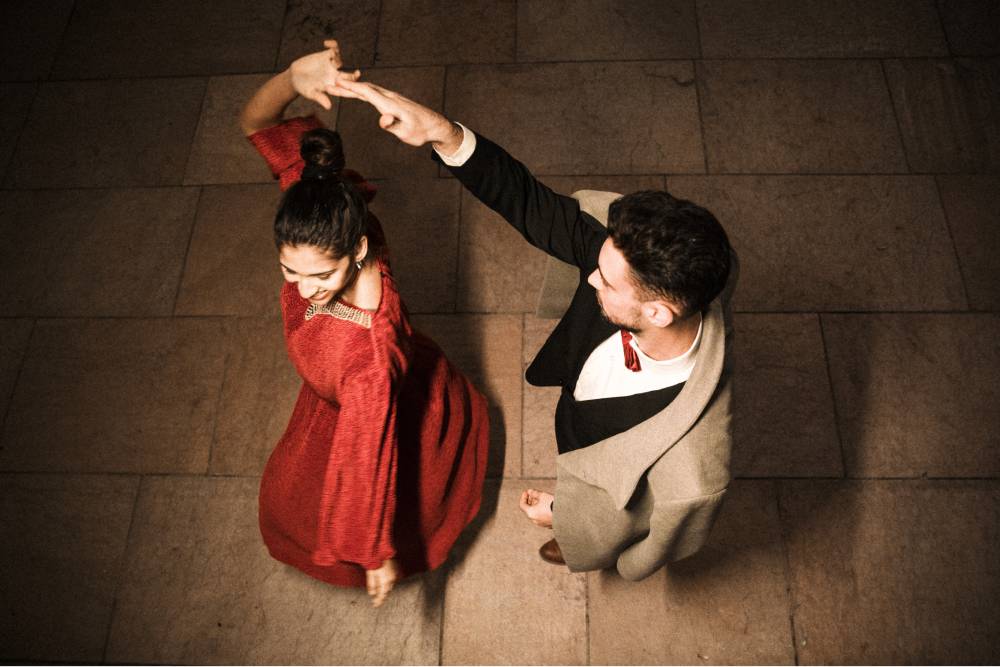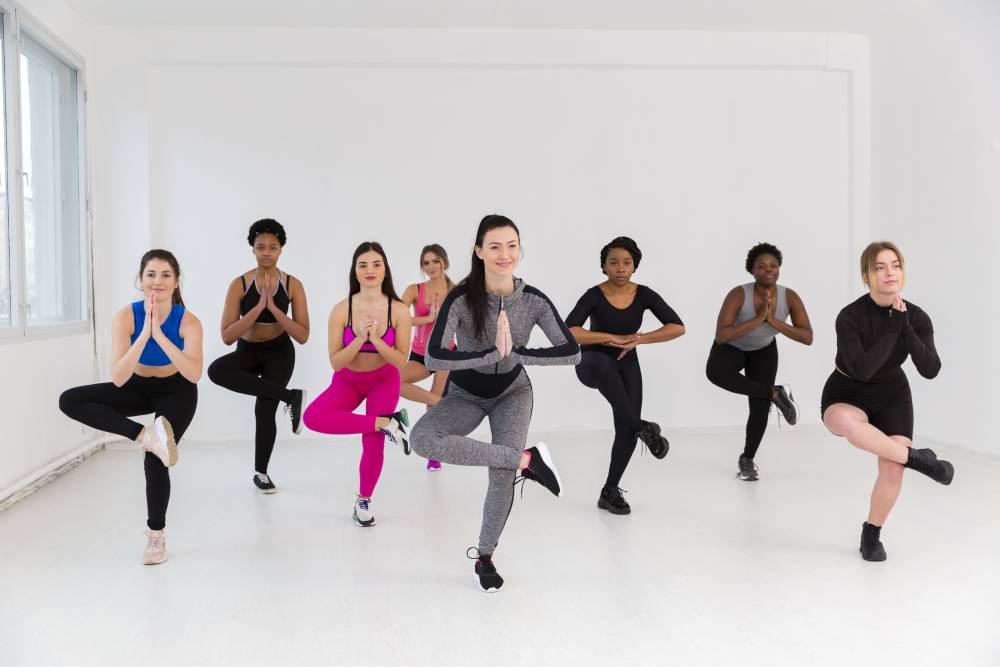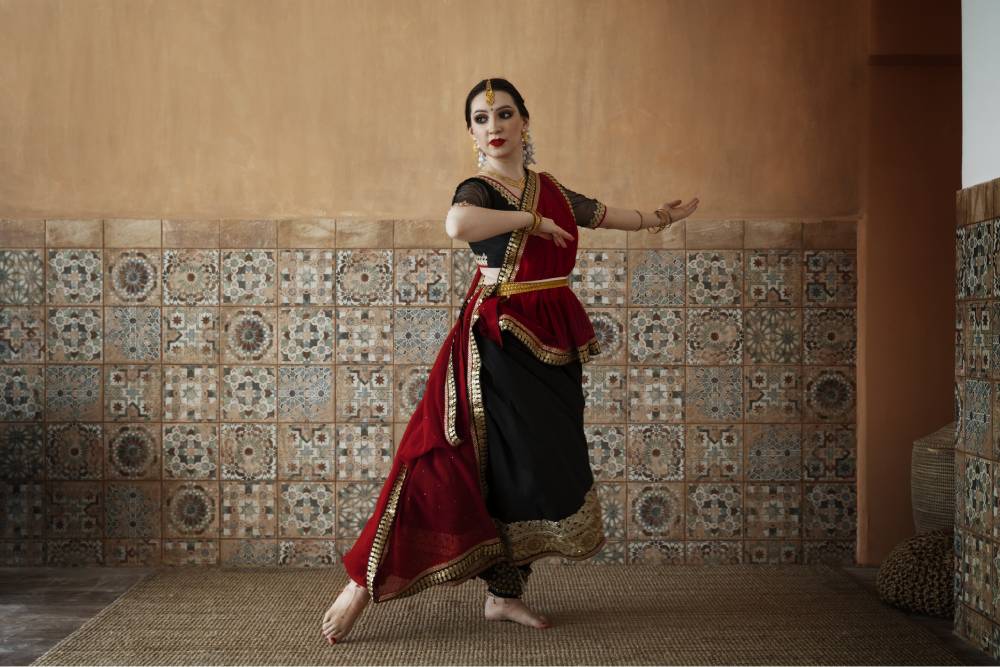Embodied Expression:
One of the unique aspects of dance as a storytelling medium is its ability to embody emotions and experiences. Dancers use their bodies as instruments to communicate thoughts, feelings, and narratives. They express joy, sorrow, love, conflict, and various other human experiences through their physicality. By embodying the characters or themes of a story, dancers allow the audience to empathize and connect on a visceral level.
Symbolism and Metaphor:
Dance often employs symbolism and metaphor to enhance storytelling. Through movement and choreographic choices, dancers can represent abstract concepts, evoke imagery, and convey deeper meanings. Gestures, formations, and the use of props or costumes can all contribute to the symbolic language of dance. These elements invite the audience to interpret and engage with the narrative on multiple levels.
Narrative Structure:
Just like a written story or a theatrical performance, dance often follows a narrative structure. It may have a clear beginning, middle, and end, or it may explore a series of interconnected events or emotions. The choreographer carefully arranges movements and sequences to create a coherent storyline. By structuring the dance in this way, the audience can follow the unfolding narrative and experience the progression of the story.
Collaboration of Dance and Music:
Music plays a crucial role in enhancing the storytelling aspect of dance. It complements and amplifies the emotions, rhythms, and dynamics of the movements. The collaboration between dance and music further enhances the narrative, creating a seamless and immersive experience for the audience. The combination of synchronized movements and carefully selected music can elicit powerful emotional responses and intensify the storytelling.
Interpreting the Narrative:
While the choreographer may have a specific intention behind the dance’s narrative, the beauty of dance lies in its openness to interpretation. Each member of the audience may perceive and connect with the story in their own unique way. The absence of explicit dialogue or detailed plot descriptions in dance allows for a broader range of interpretations, fostering a sense of personal connection and engagement.
Cultural and Historical Narratives:
Dance has been an integral part of cultural and historical storytelling throughout the world. Traditional dance forms often carry the narratives, myths, legends, and historical events of a specific culture or community. These dances preserve and pass on cultural heritage and traditions, allowing future generations to connect with their roots and identity. By engaging with these cultural narratives through dance, we gain a deeper understanding of diverse histories and perspectives.
Evoking Empathy and Connection:
One of the greatest strengths of narrative dance is its ability to evoke empathy and create a sense of connection. The physicality, vulnerability, and emotional depth of the dancers allow the audience to connect with the characters and themes of the story. Dance has the power to transcend language and cultural barriers, creating a universal human experience that resonates with people from all walks of life.
In conclusion, dance as a storytelling medium has the power to transcend language and communicate narratives through movement, symbolism, and music. It offers a unique and visceral way to convey emotions, explore themes, and engage with the human experience. Whether it’s a traditional cultural dance or a contemporary narrative piece, the fusion of movement and storytelling in dance enriches our understanding of the world, fostering empathy and connection through the shared experience of movement and expression.

Jass
Jass earned her bachelor’s degree in Computer Science, transitioning into a profession as a content writer. With a keen mastery of words, she takes pleasure in expressing her thoughts and ideas creatively. Her ability to captivate audiences with her imaginative write-ups stands out as one of her notable strengths.



